Cloud is an important resource for modern companies, providing on-demand computing power and storage. This technology facilitates advanced business maneuvers, rapid progress or growth, through-the-roof productivity, and the capabilities to satisfy consumers better than ever. However, it is crucial to keep in mind that power, speed, and storage come with a price tag. If cloud services are not managed properly, that price tag could be hefty. In fact, many companies are reporting massive jumps in cloud costs this year that may be unsustainable in the long run. Of course, this calls for up-to-date ways to increase visibility, entertain insights, and improve cloud control or management. The best way to do so is to set up an automated ITAM software program that collects, organizes, and reports about Cloud. Find out more about why this is necessary below, and how exactly management software can help.
Why Is Advanced Cloud Control Necessary Today?
It is incredibly challenging to attempt controlling and managing Cloud through manual processes, although some companies do sacrifice valuable time, energy, and resources to accomplish such a feat. It requires using multiple different information sources, as cloud billing reports and discovery tools. Professionals must then compile the relevant data and perform analysis to reveal insights on cloud spend and usage. Of course, these processes must be performed on a constant basis. The data may change rapidly depending on your company, projects, teams, and clients.
However, just because you know what services use the Cloud does not mean your manual reports will show you which applications, projects, or services result in the most Cloud spend. Likewise, it would be difficult to choose the right Cloud spend solutions for your business since the data changes so quickly. You would need to have an exceptional way of tracking the data, identifying optimization opportunities, and implementing the procedures. It is nearly impossible to achieve this through manual collection and analysis.
Software-driven cloud insights and control can track, analyze, and report upon cloud data on a regular basis; imagine being able to view cloud processes in real time and act upon them daily. You could easily take advantage of cost-saving solutions such as turning off cloud services when they are not being used. Alternatively, if utilizing manual management and control, turning off and on cloud at ideal times would be impossible.
How Can ITAM Software with Cloud Insights Help?
Some IT asset management (ITAM) software comes equipped with cloud control elements. In this way, you can manage all your IT assets, consumables, licenses, and cloud services all from one single source of truth. Ultimately, this is the most convenient way of analyzing all valuable information like Cloud usage, domains, and costs. Additionally, it provides automated, updated data concerning the Cloud allowing you to make information-backed decisions to reduce Cloud spend. Let’s take a more in-depth look at the benefits:
1) Visibility of Cloud Resources
Cloud insights displays all your cloud resources, their usage, and their costs. They may even break down usage and cost by applications, projects, or services. In this way, you can determine percentages of Cloud spend depending on the project. You can use this information to make key, financial decisions in your business regarding Cloud resources and to implement processes that reduce Cloud spend for necessary resources.
2) Easily-Identifiable Optimization
When Cloud assets are closely tracked and the data is readily available, it is easy to see exactly which projects are black holes. Some may have low usage, but cost extraordinary amounts. Others may have periods of time where usage is low, but still take up a large portion of spend. In these cases, you may wish to cut certain projects or turn off Cloud resources during certain times.
3) Rightsizing or Ideal Dimensioning
Rightsizing, or choosing optimal dimensions for, your Cloud assets is critical for keeping Cloud costs low. Additionally, it makes controlling or managing your Cloud resources easier because you will have a better idea of usage and performance. Naturally, choosing an ideal size means understanding its usage which is where accurate and up-to-date Cloud insights come into play.
4) Shutting Off Unused or Underused Assets
Cloud resources are not always in use. However, many businesses keep the Cloud services running even when no one is using them or updating them. Cloud insights will clearly display when your assets are not in use, so that you can set up an automatic schedule to turn them on and off. This simple act can help save large percentages on Cloud billing, especially in the long-run.
5) Automatic Optimization
If your Cloud data changes, which is usually the case, you cannot possibly choose a new optimization and seek approval every time the opportunity arises. Cloud insights allow you to automate optimization approvals, so that you save money, faster.
6) Accurate Budgeting and Real-Time Optimization
With ITAM software that tracks and controls Cloud resources, you can generate reports that display long-term data. In turn, you can use this important information to develop accurate budgets that take into account real usage and costs. Of course, while you can create better, closely-tracked forecasts with this information, it can also be adjusted easily if you experience sudden changes. If at any point in the year you need to switch gears with your budget, consider new, up to the minute reports.
Finally, an ITAM Software that Does it All
AssetIT is a comprehensive application offering tracking, management, and control of hardware assets, accessories, and software licenses. Our team is currently developing a state-of-the-art feature which will provide Cloud insights. Try it out for free!
More about Jira ITAM Cloud: What Sets Jira Asset Management Cloud Apart From Traditional ITAM?


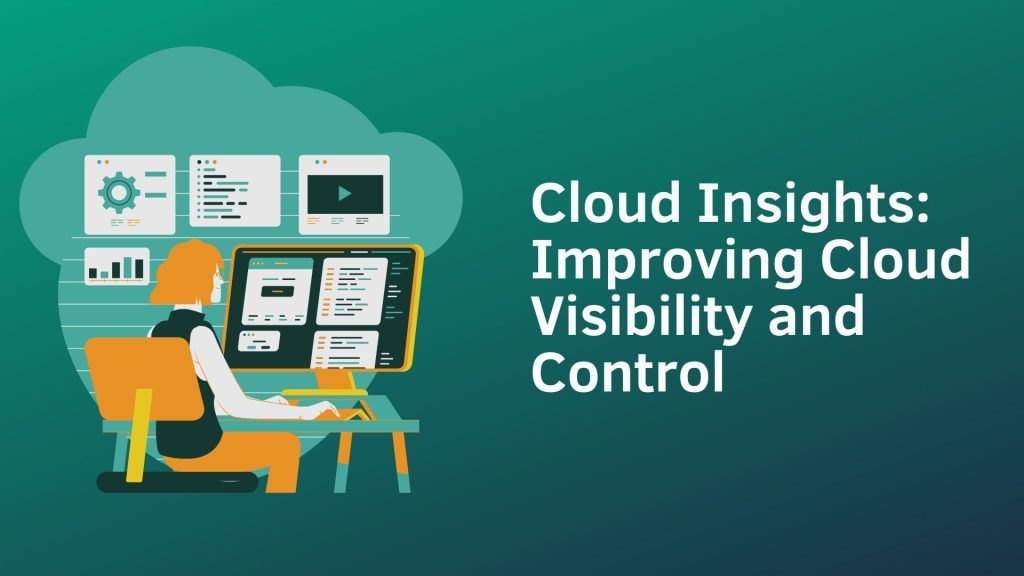

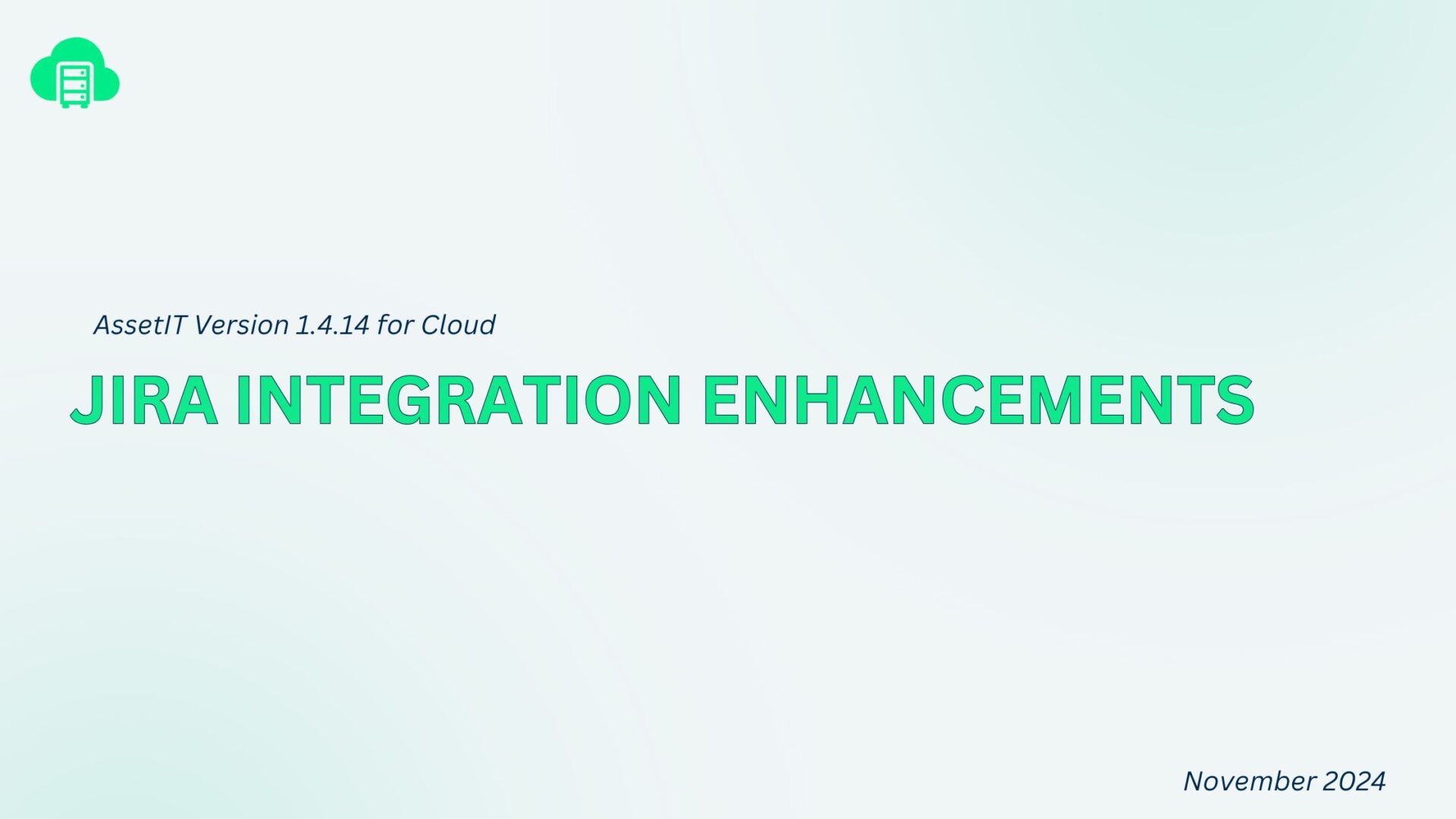
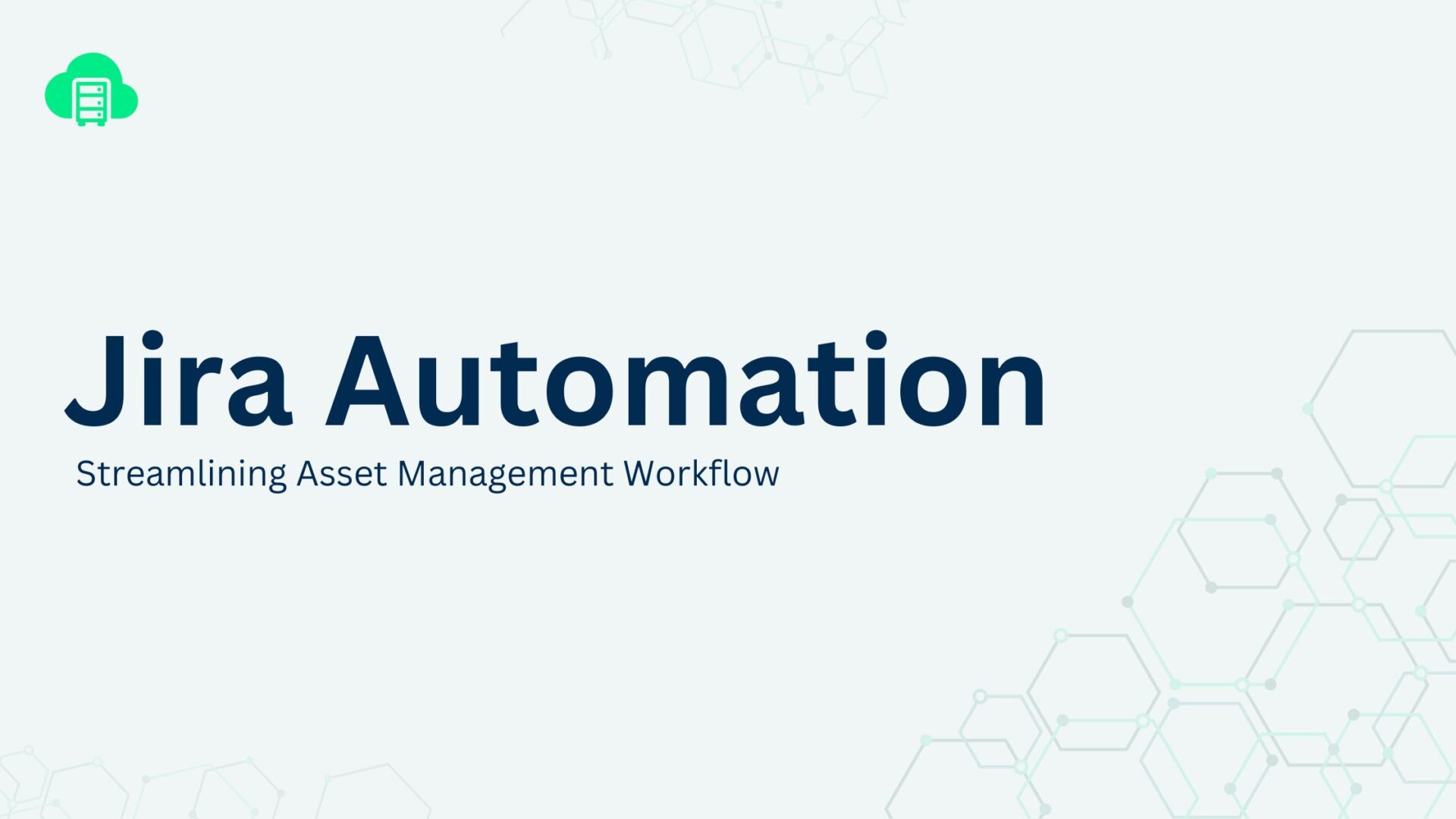
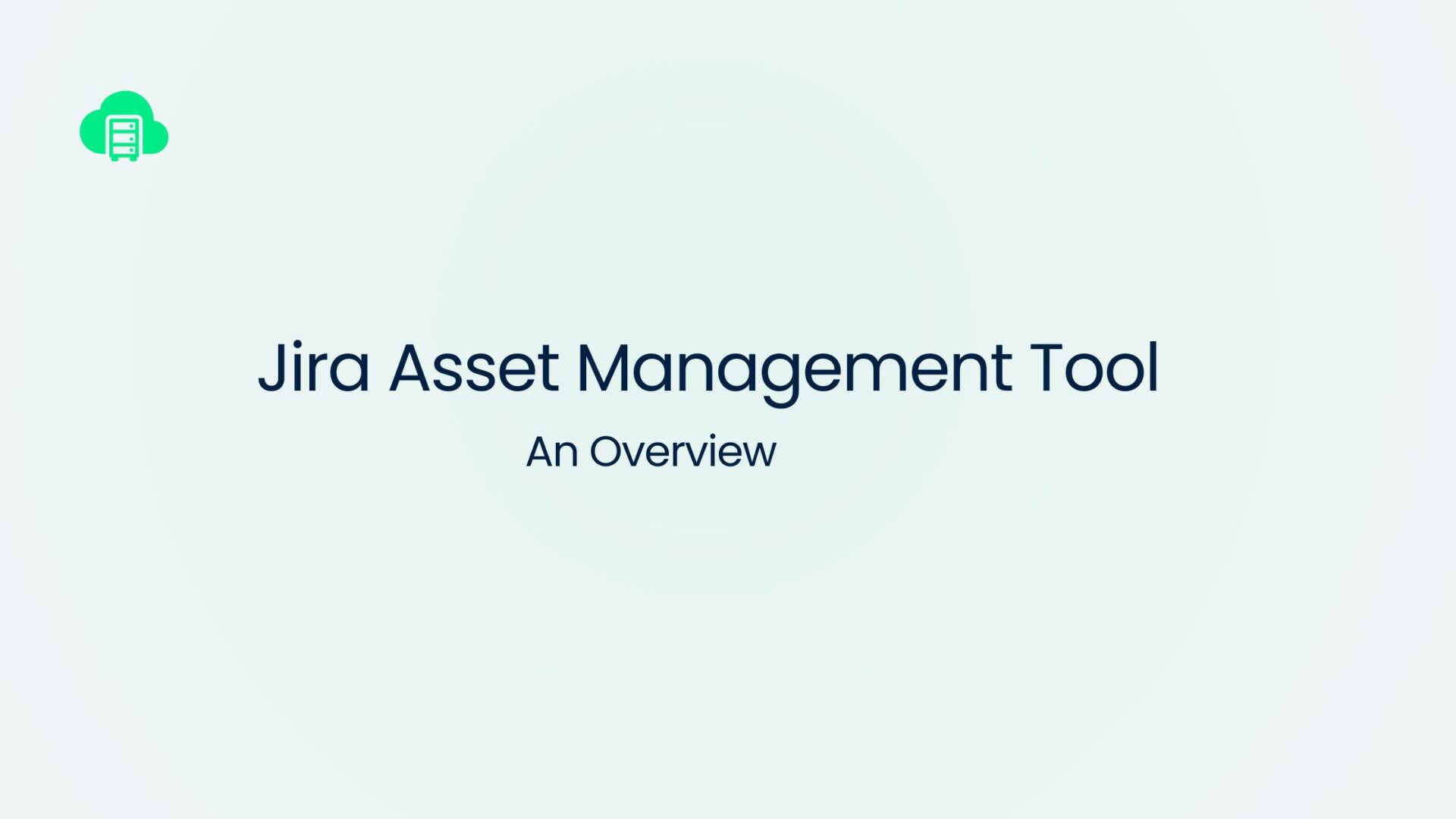

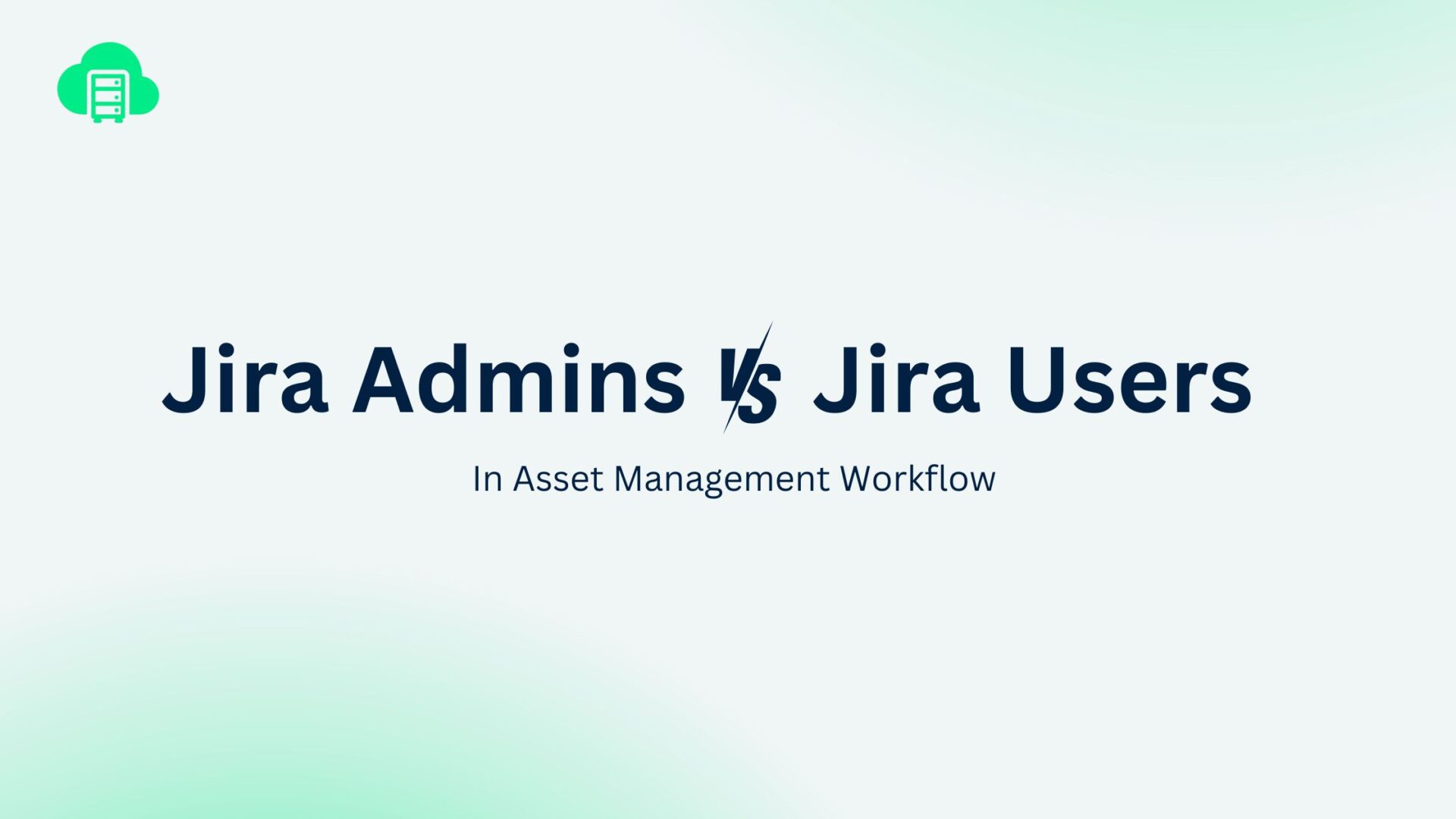
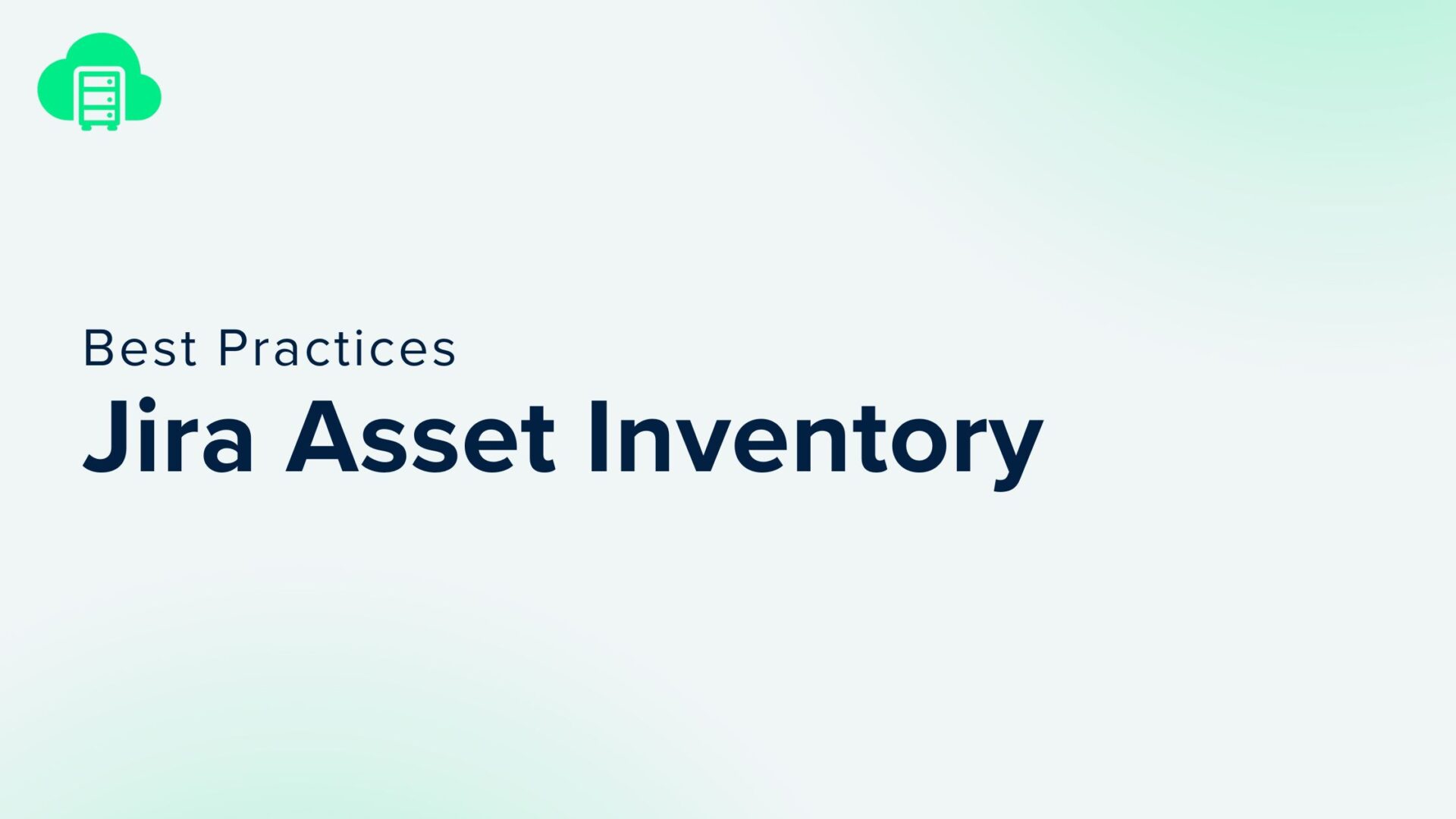
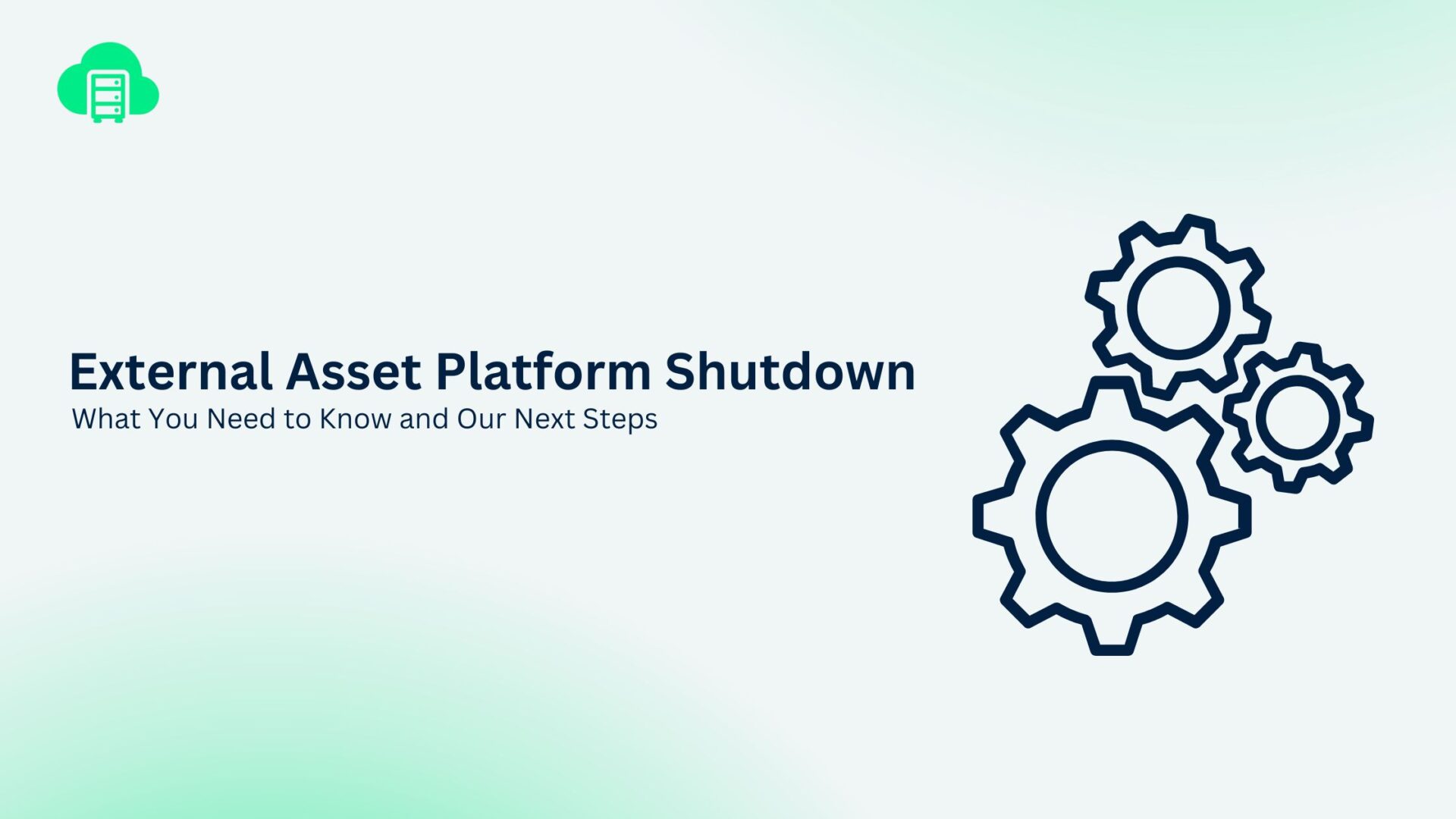
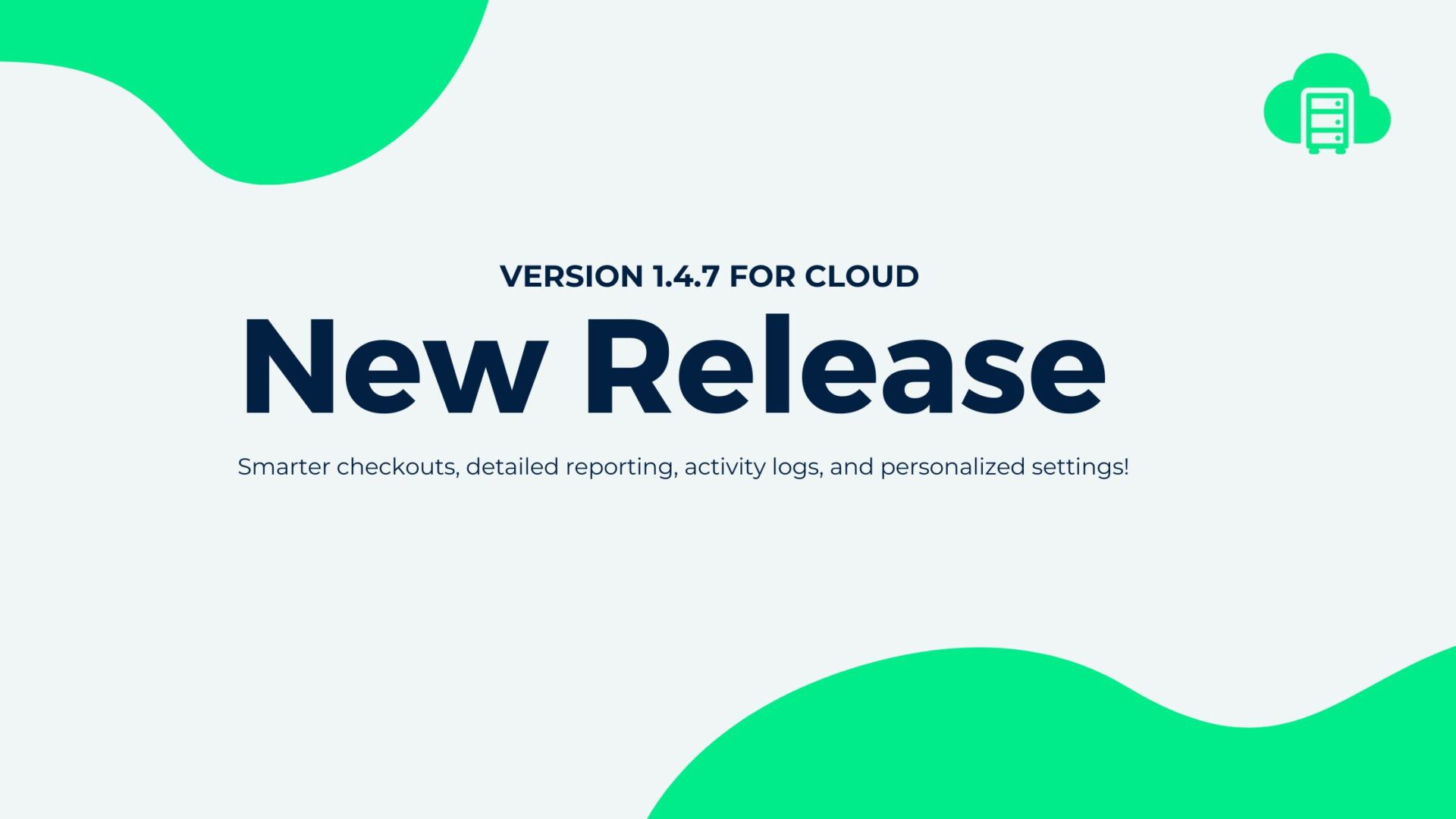
Recent Comments